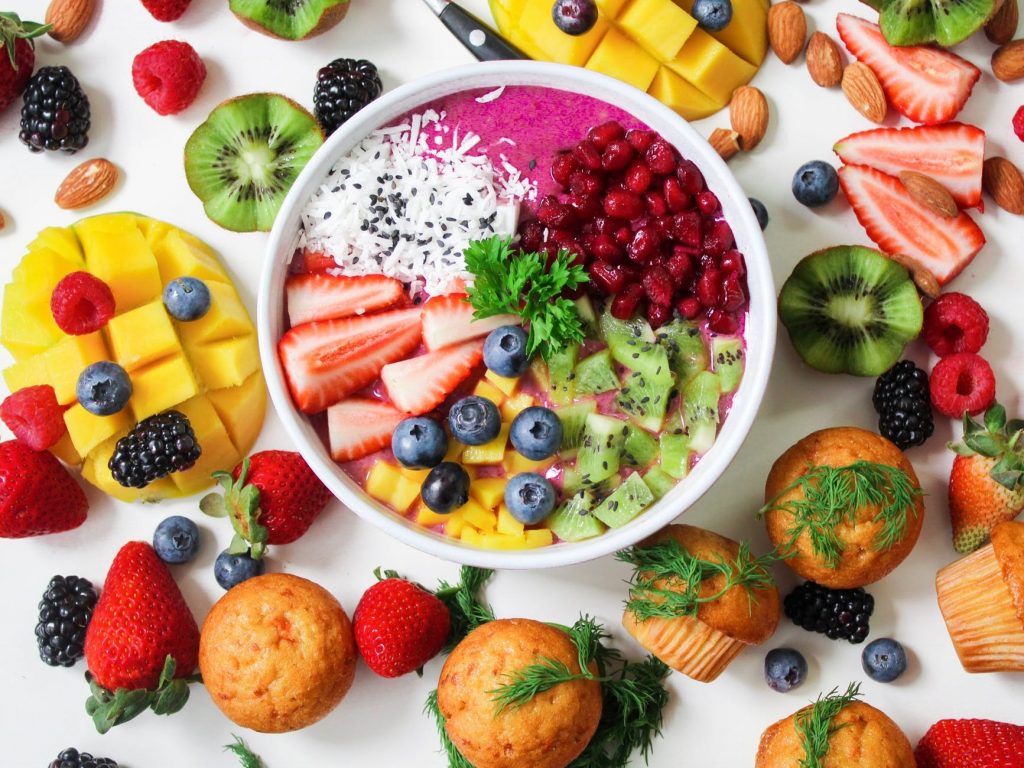Healthy ways of lowering your blood sugar
by admin-blog-kh | December 17, 2018 5:36 am
Walk more, sit less
- Include 10-15 minutes of walking in your daily routine
- If you have a desk job, take a break every 30 minutes
- Use the stairs as often as you can
- Combine walking with local shopping
Include Millets in your diet
- Millets are rich in proteins, minerals, vitamins and dietary fibre
- Millets control your appetite and reduce your blood sugar
- Consume one dish made of millets at-least twice a week
- Buy millets from your local kirana store to keep the cost low
Take up high-intensity exercises
- High-intensity exercises burn more calories and manage blood sugar better
- High-intensity exercises include jogging, treadmill, swimming, tennis
- At-least twice a week, do high-intensity exercises for 15-20 minutes
- Having a companion during these exercises helps you stay motivated
Combine Nutrients wisely
- Carbs when combined with protein and fat reduces your blood sugar
- Fats and protein slow down digestion and prevent spikes in blood sugar
- Combine a fruit with a piece of chicken or fish and some cheese
- Combine rice with a dhal item and couple of spoons of ghee

Eat fruits whole, do not juice them
- A whole fruit contains more fibre than its juice, ounce to ounce
- If you like to consume fruit juices, do not add sugar to them
- When consuming fruit juice, keep the quantity limited
- Cut and eat fruits when they are fresh. Avoid tinned or canned fruits
Take a walk after every meal
- Walking for 10 minutes after a meal keeps your blood sugar in check
- Make it a habit to walk after a heavy meal
- In case of cold or rainy weather, walk inside your home

Choose the right vegetables
- All vegetables are not the same. Some have more starch than others
- Corn, peas, potato, yam, tapioca and sweet potato are high in starch
- Leafy greens, cabbage, cauliflower, carrots, beans are low in starch
- Use the right mix of high and low starch vegetables in your daily diet
Get plenty of Vitamin D
- Vitamin D is produced in the body when exposed to sunshine
- Vitamin D improves bone health and increases immunity
- Vitamin D regulates insulin production and manages blood sugar
- Foods rich in Vitamin D include fatty fish, egg yolk and mushrooms
Include nuts in your daily diet
- Nuts are high in healthy fats and low in carbs
- Consume nuts as a snack, or combine with meals
- Use nuts for garnishing your daily meal
- Grind nuts and add to juices, soups[2], curries or porridge
Kauvery Hospital is globally known for its multidisciplinary services at all its Centers of Excellence, and for its comprehensive, Avant-Grade technology, especially in diagnostics and remedial care in heart diseases, transplantation, vascular and neurosciences medicine. Located in the heart of Trichy (Tennur, Royal Road and Alexandria Road (Cantonment), Chennai, Hosur, Salem, Tirunelveli and Bengaluru, the hospital also renders adult and pediatric trauma care.
Chennai – 044 4000 6000 • Trichy – Cantonment – 0431 4077777 • Trichy – Heartcity – 0431 4003500 • Trichy – Tennur – 0431 4022555 • Hosur – 04344 272727 • Salem – 0427 2677777 • Tirunelveli – 0462 4006000 • Bengaluru – 080 6801 6801
- Planning A South Indian Diabetic Friendly Diet: https://kauveryhospital.com/blog/family-and-general-medicine/planning-a-south-indian-diabetic-friendly-diet/
- soups: https://www.kauveryhospital.com/news-events/april-recipe-2016
Source URL: https://www.kauveryhospital.com/blog/family-and-general-medicine/healthy-ways-of-lowering-your-blood-sugar/